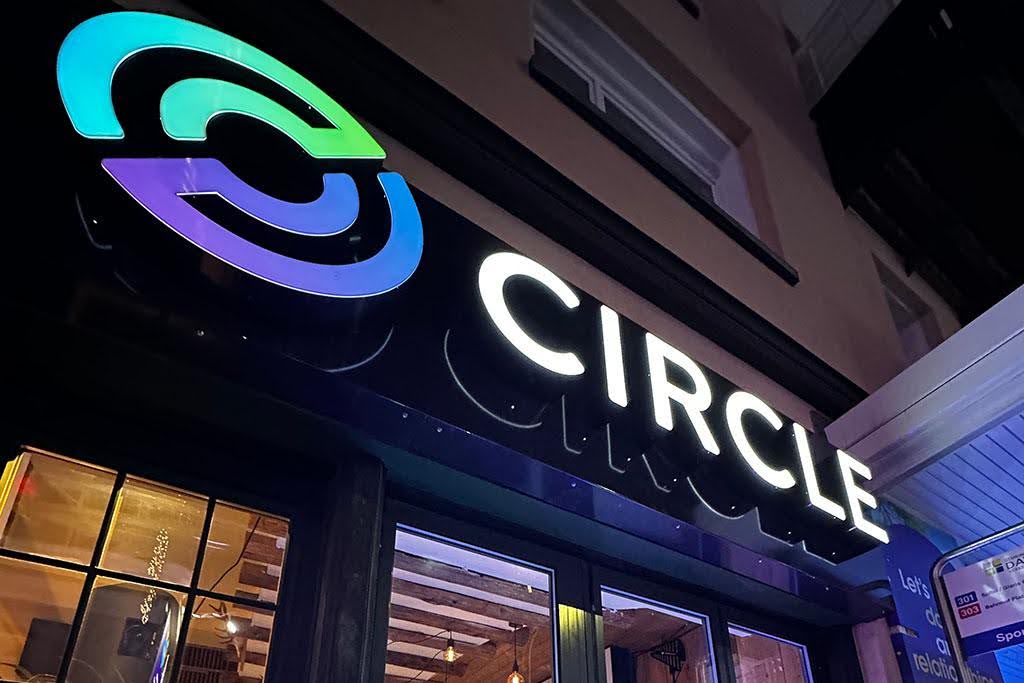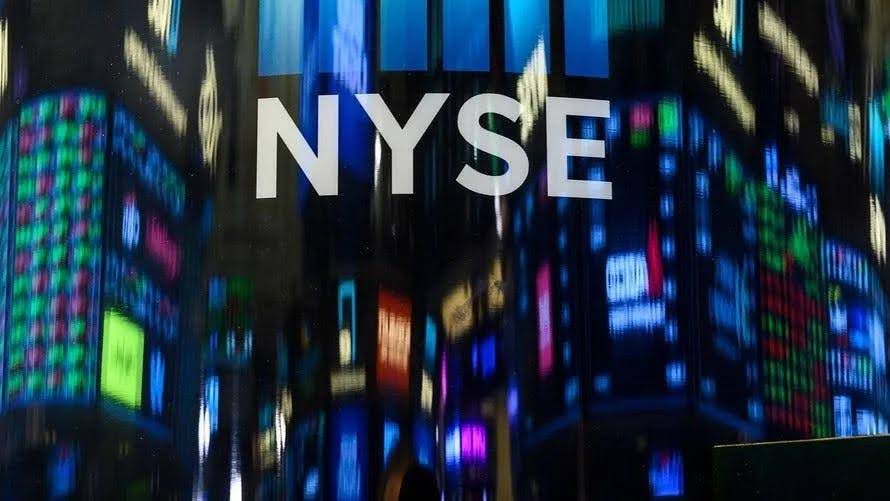Key Takeaways:
Circle raises $1.05 billion in its NYSE debut, shares open at practically double its IPO value underneath the ticker $CRCL.The IPO noticed a subscriptions quantity 25 instances greater than anticipated, reflecting rising perception in stablecoins and digital finance amongst traders.Because the inaugural publicly traded stablecoin issuer, Circle’s itemizing indicators rising mainstream adoption of cryptocurrencies inside worldwide monetary markets.
Circle’s debut on the New York Inventory Trade opened a brand new chapter in cryptocurrency historical past. With over one billion {dollars} raised and IPO demand exceeding forecasts, this landmark itemizing might spur larger institutional embrace of digital property and probably reshape regulation and adoption of stablecoins.

Circle’s IPO: The Numbers That Shocked Wall Road
CrypoCircle’s issuers are Circle Web Monetary, the supplier behind USDC and EURC stablecoins, and the story behind the story on June 5, 2025, one of many 12 months’s most mentioned IPOs. The corporate priced its preliminary public providing at $31 a share, elevating roughly $1.05 billion by promoting 34 million shares.
Nevertheless it was the market response that grabbed the headlines. Shares had been indicated to open between $60–$61, nearly doubling the worth on the IPO, and would set Circle’s market worth over the $10 billion threshold. The reality is that it was 25 instances oversubscribed at IPO, and that demand is unmatched: +4x the common demand for equities within the European Inventory Market in 2020, and greater than 3x the demand for tech and crypto IPOs in 2021, in response to one information report.
Circle now trades underneath image CRCL and is now the primary public itemizing of a stablecoin issuer in historical past on a serious trade.


Why Circle’s IPO Issues for Crypto Markets
Circle’s NYSE debut isn’t only a firm milestone—it’s a watershed second for your entire digital asset trade. For the primary time, an organization whose important providing is a stablecoin based mostly on a blockchain is buying and selling on a regulated inventory trade in america.
Learn Extra: $624M Providing, $5.6B Valuation? Circle’s IPO Might Be the Stablecoin Shakeup of the Decade


Rising Belief in Stablecoins
Circle’s major product, USDC, is the world’s second-largest USD stablecoin, having a market capitalization of greater than $32 billion, in response to early June’s figures. It’s extensively used throughout DeFi, centralized exchanges, and fee functions for settlements, remittances, and on-chain commerce.
This IPO gives additional validation of the positioning of USDC as a monetary infrastructure layer and never only a crypto use case. Proceeds are set for use to help Circle’s plan to scale and enhance the Circle Funds Community, progress of its euro-backed EURC, and attaining its mission to “construct the cash layer of the web.”
Enhance for the Crypto IPO Pipeline
Circle’s success might reignite curiosity in crypto-related IPOs, which have been largely dormant since Coinbase’s debut in 2021. The dimensions and success of Circle’s P.O. must be an inspiration to different Web3 corporations, pockets suppliers and blockchain infrastructure and trade corporations, to comply with and go public.
Besides that, just lately, the IPO market has been pretty chilly because of macroeconomic uncertainty. Circle’s success gives a shot within the arm that may invigorate listings elsewhere, in tech and fintech particularly.
Political Winds Are Shifting: Stablecoin Regulation Is Right here to Keep
The timing of Circle’s I.P.O. is attention-grabbing. Lawmakers within the U.S. are contemplating laws on stablecoins, together with measures to make sure reserves are clear, the issuer of a stablecoin be licensed and it have bank-style oversight.
A crypto-friendly tilt in Washington
With the Trump administration signaling a looser regulatory contact towards crypto, there’s a sense of hopefulness. Lawmakers are stated to be near establishing a bipartisan stablecoin invoice, which might create a manner for regulators to supply extra readability on digital greenback tokens like USDC.
Jeremy Allaire, CEO and co-founder of Circle, has been among the many voices within the trade calling for unambiguous federal guidelines to allow accountable stablecoin issuance for a while. His public statements body USDC as a compliant, clear digital greenback — one that’s interesting each to institutional traders and watchdogs.
Circle’s Strategic Roadmap: Funds, Partnerships, and Programmable Cash
Past simply itemizing, Circle has ambitions to grow to be a core monetary infrastructure participant. In line with inner sources and former bulletins:
The Circle Funds Community is increasing globally to energy on the spot cross-border transactions, particularly in underbanked areas.Programmable wallets and APIs are being examined to permit companies to automate funds utilizing sensible contracts.Circle is in talks with conventional finance corporations, together with banks and fintechs, to combine USDC into real-world functions, from payroll to treasury administration.
These strikes underscore the agency’s long-term technique: to substitute SWIFT-like programs with sooner, cheaper, blockchain-native rails—making stablecoins as ubiquitous as conventional cash.
Learn Extra: Circle Declares Stablecoin-Secured World Funds Community to Revolutionize Cross-Border Transactions
What This Means for Traders and the Business
Stablecoins, particularly after a fall in algorithmic ones similar to TerraUSD in 2022, have lengthy been handled with suspicion by Wall Road. However Circle has a regulated, fiat-backed method which is safer and likewise far more scalable.
Growing Institutional Participation
With a public itemizing, Circle might now invite within the extra institutional capital that has been extra reticent. Now, pension funds, ETFs and asset managers can acquire publicity to the stablecoin sector with out having to the touch risky tokens themselves.
Within the meantime, Circle being extra seen on NYSE might encourage a broader utilization of USDC as a settlement layer in capital markets, particularly as tokenized property — similar to bonds, shares and even actual property — develop extra in style.









